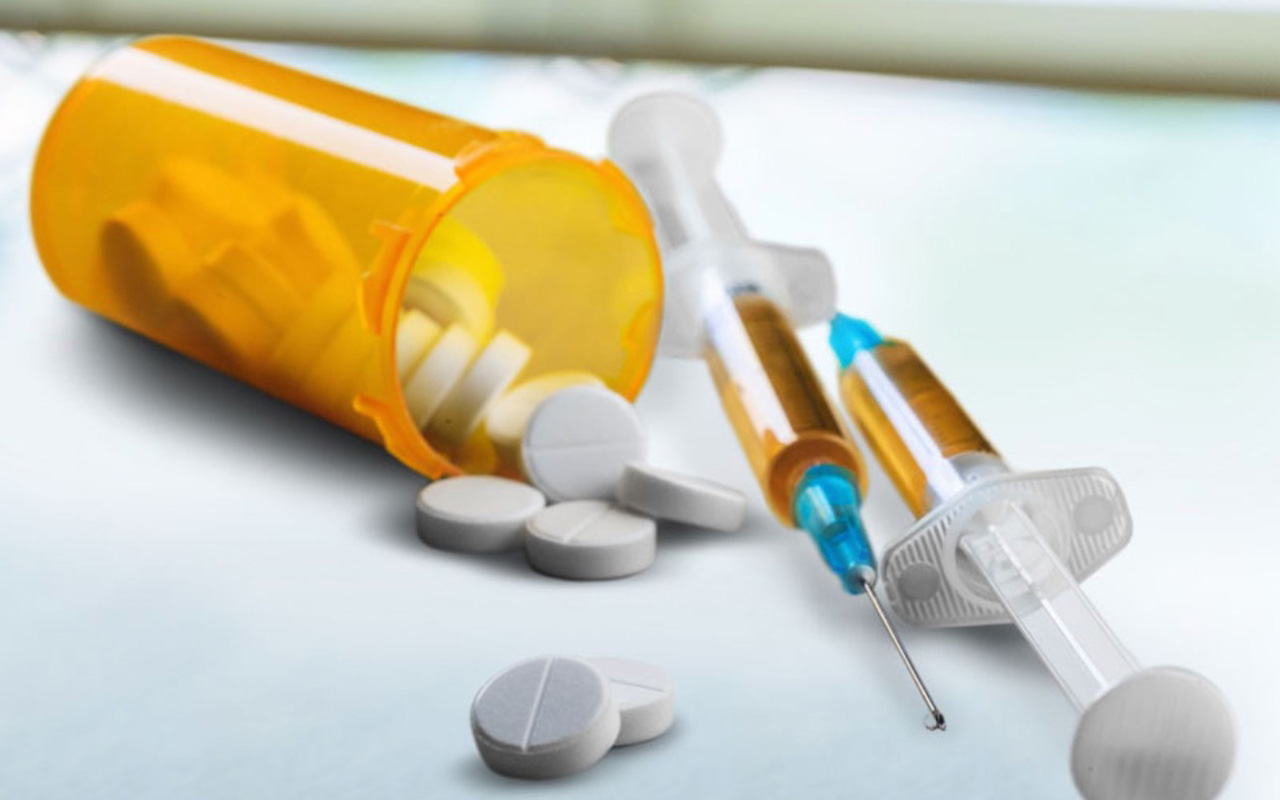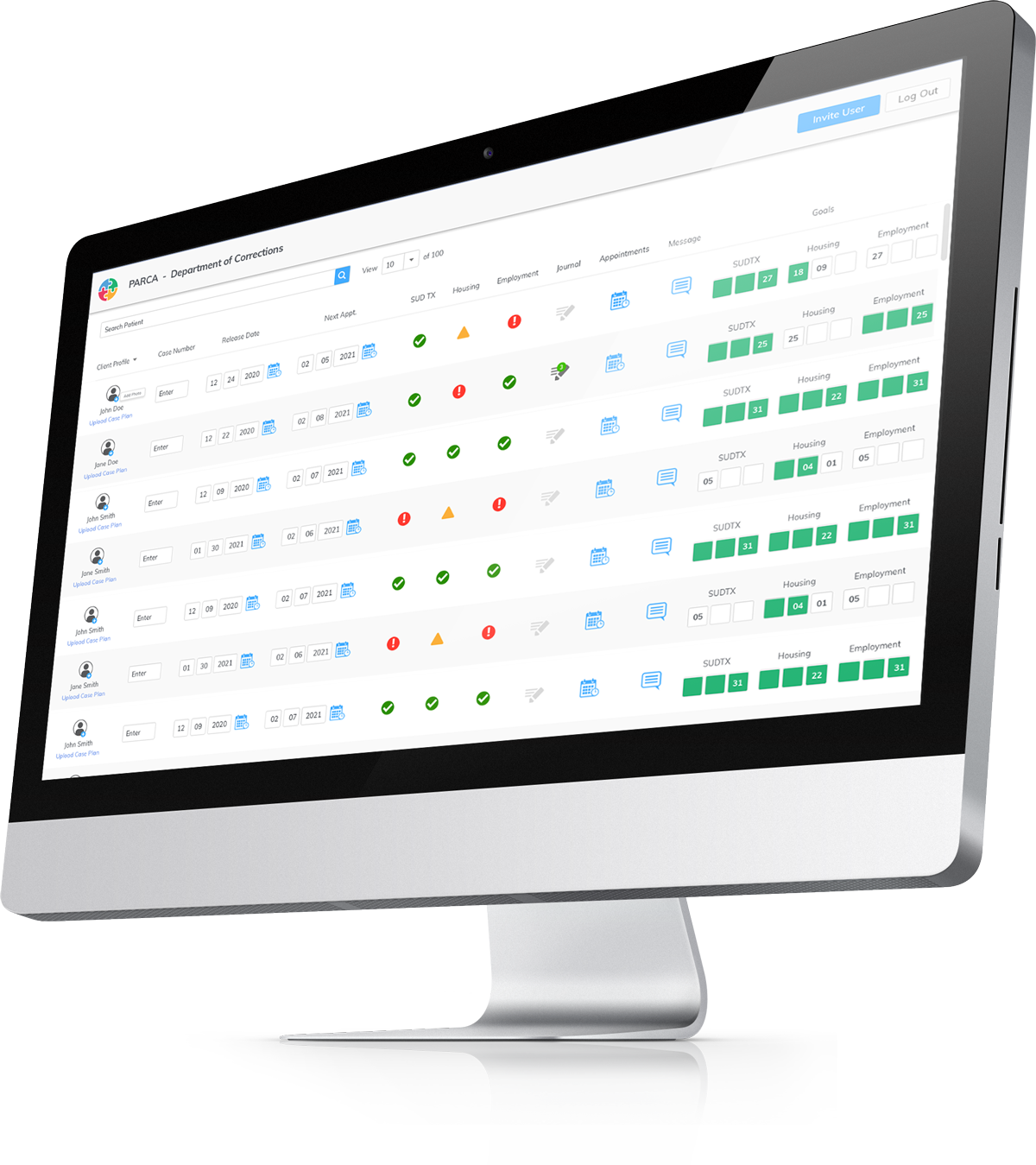Using Technology and Incentives to Overcome OUD Treatment

Opioid Use Disorder (OUD) is a serious and widespread condition affecting millions of individuals across various demographics. In 2022 an estimated 6.1 million people reported having an opioid use disorder. The US economic cost of OUD in 2017 totaled $1,021 billion.
It is characterized by the compulsive use of opioids despite harmful consequences, leading to severe health risks, including overdose and death. Managing OUD requires a comprehensive approach, including medication-assisted treatment (MAT), counseling, and behavioral interventions. However, adherence to treatment remains a major challenge.
One promising innovation in improving OUD care is the integration of technology with incentive-based strategies to encourage individuals to stay engaged with their treatment plans. This approach helps address the psychological and logistical barriers that often hinder recovery while providing motivation for individuals struggling with adherence. Technology-driven incentives offer a powerful tool for improving outcomes and enhancing the quality of life for individuals with OUD.
The Challenges of Managing OUD
OUD is a chronic condition that often requires long-term treatment, making consistent engagement in therapy and medication adherence essential for recovery. However, several barriers make it difficult for individuals to maintain their treatment plans:
- Lack of motivation: Many individuals with OUD struggle with motivation, particularly in early recovery. Withdrawal symptoms, cravings, and the emotional toll of addiction can make it difficult to prioritize treatment.
- Psychological and emotional struggles: Depression, anxiety, and trauma often co-occur with OUD, making adherence to treatment even more challenging. Without immediate positive reinforcement, individuals may disengage from their care plans.
- Stigma and isolation: The stigma surrounding opioid addiction can discourage individuals from seeking treatment or remaining engaged in care. Fear of judgment from healthcare providers, employers, or loved ones can create additional barriers to recovery.

Given these challenges, keeping individuals engaged in treatment is critical. Technology-driven incentives offers an effective solution to improving adherence and long-term recovery outcomes.
The Power of Technology in OUD Treatment
The rise of digital health technology has transformed the way we approach addiction treatment. From mobile health apps and telehealth services to wearable monitoring devices and digital recovery platforms, technology is playing a crucial role in supporting individuals with OUD. These digital tools offer various benefits, including:
- Real-time monitoring: Mobile apps and wearable devices can track medication adherence, withdrawal symptoms, and emotional well-being, allowing healthcare providers to intervene when necessary.
- Telemedicine access: Virtual appointments and digital counseling platforms enable individuals to receive support without the barriers of transportation, stigma, or scheduling conflicts.
- Personalized care plans: AI-driven technology can provide tailored recommendations based on an individual’s progress, offering behavioral strategies, reminders, and relapse prevention tools.
- Behavioral interventions: Many digital platforms integrate evidence-based behavioral therapies, such as cognitive-behavioral therapy (CBT), contingency management, and mindfulness exercises, to support recovery.

Despite these advancements, staying engaged in treatment remains one of the biggest challenges for individuals with OUD. This is where CMI’s technology-driven incentives platform plays a key role by reinforcing positive behaviors and improving adherence.
How CMI’s Incentive-Based Technology Supports OUD Recovery
CMI’s Incentive-based technology leverages a digital platform to track treatment engagement and reward individuals for maintaining recovery-related behaviors. Key features include:
Medication adherence tracking:
Patients earn rewards for being opioid free. Patients using medication-assisted treatment (such as buprenorphine, methadone, or naltrexone) can receive rewards for consistently taking their medication as prescribed.
Behavioral nudges and reminders:
Automated reminders encourage individuals to attend therapy sessions, complete check-ins with their providers, or engage in recovery-supportive activities. Small incentives help reinforce these behaviors.
Community and peer support integration:
Social features can enable patients to connect with others in recovery, fostering accountability and reducing isolation. Rewards can be given for participation in support groups or engagement with peer mentors.
Provider involvement and monitoring:
Healthcare providers can track patient progress in real time, offering encouragement and adjusting treatment plans as needed. Incentives can be tied to milestones such as completing therapy sessions or remaining engaged in care for a specific period.
The Benefits of Incentivizing OUD Treatment
Increased Treatment Engagement
Incentives provide immediate positive reinforcement, which can encourage individuals to stay committed to their recovery plan. Research has shown that rewards can significantly improve adherence to treatment programs, especially among individuals struggling with motivation.
Improved Health and Recovery Outcomes
By promoting consistent engagement in treatment, incentive-based technology helps reduce relapse rates, improve medication adherence, and enhance overall well-being. These factors contribute to better long-term recovery outcomes.
Establishing Positive Habits
Incentives encourage individuals to develop and maintain healthy routines, such as attending therapy, practicing self-care, and avoiding triggers. Over time, these behaviors become ingrained, even without external rewards.
Reducing Stigma and Enhancing Support
By focusing on positive reinforcement rather than punitive approaches, incentive-based programs help shift the narrative around OUD treatment. Patients feel recognized for their progress rather than judged for their condition, fostering a more supportive recovery environment.
Cost-Effective and Scalable Solution
Incentive-based digital interventions can reduce the costs associated with OUD treatment by preventing relapses, decreasing hospitalizations, and minimizing the need for intensive care services. Scalable digital platforms allow for broad access, particularly in underserved communities.

The Future of CMI’s technology for Incentivized OUD Treatment
CMI’s Incentive-based technology represents a promising innovation in OUD care. By combining the availability of real-time data, behavioral nudges, and positive reinforcement, CMI’s platform encourages individuals to stay engaged in their treatment and build long-lasting recovery habits. Through consistent adherence, individuals with OUD are more likely to experience improved health outcomes, reduced relapse rates, and a higher quality of life. Integrating incentives into OUD treatment is playing an increasingly vital role in supporting individuals on their path to recovery.
As CMI’s technology advances, the potential for incentive-based OUD treatment is expanding. Our developments include advanced AI and machine learning that are providing a more personalized recovery support, with AI-powered contextual agents that adapt in real-time to individual progress and challenges. By integrating these technologies into mainstream addiction treatment recovery is more accessible, effective, and sustainable.
